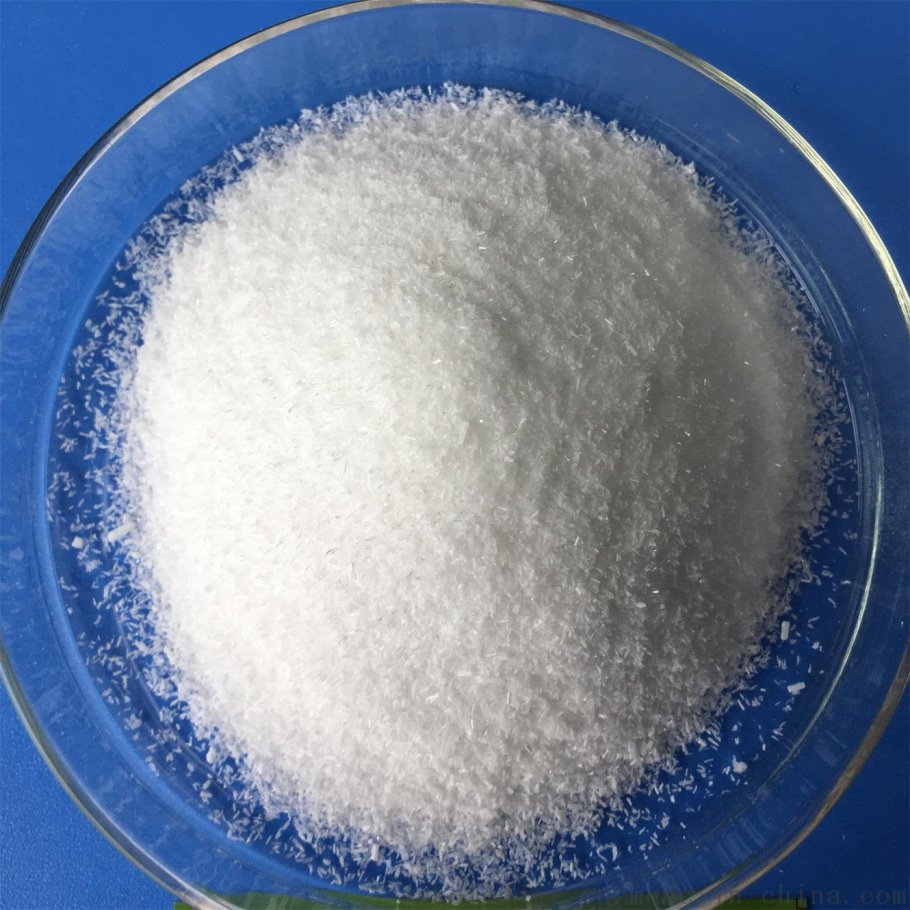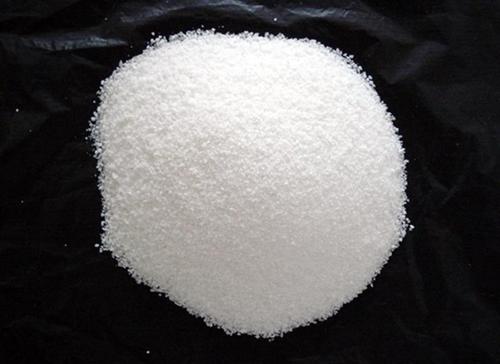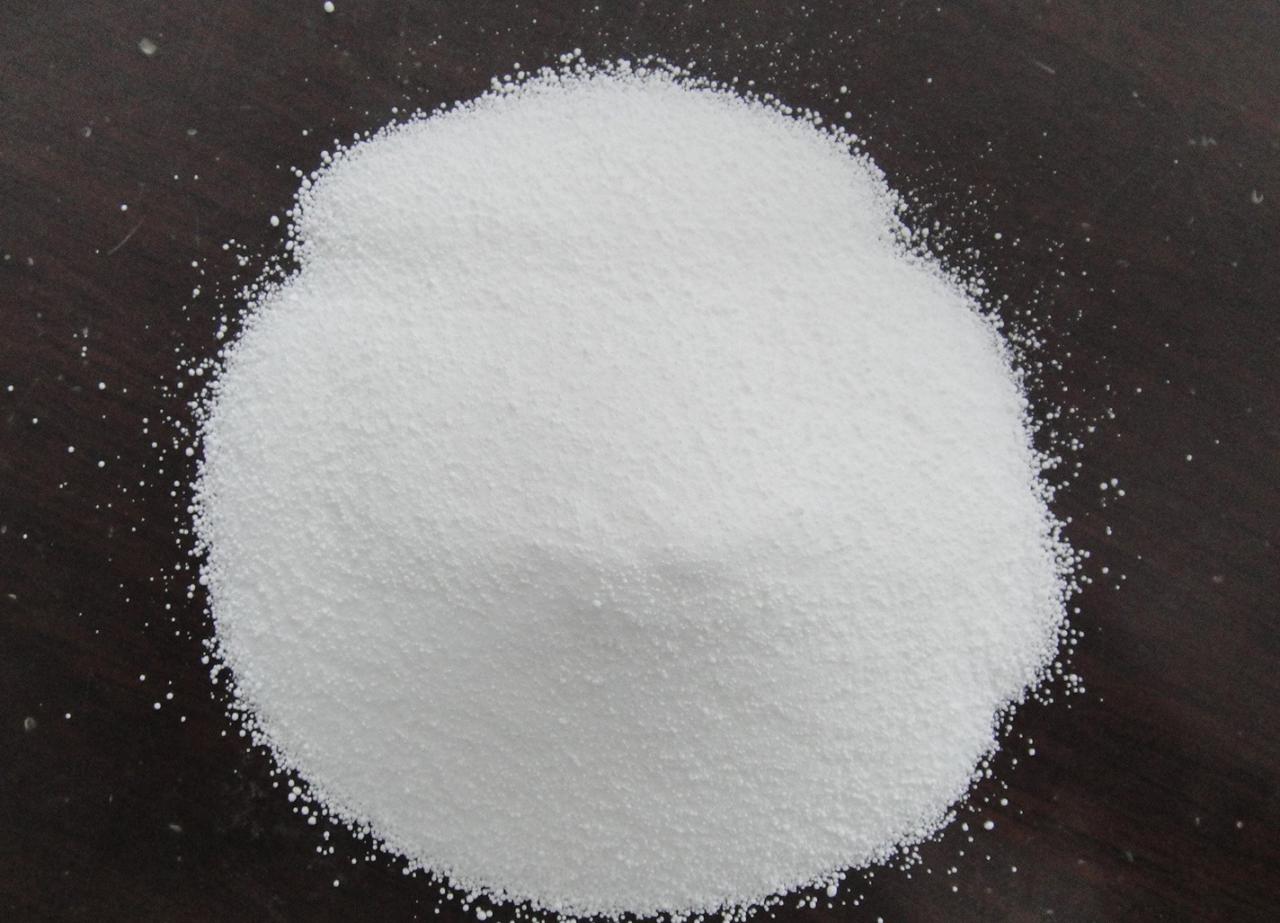Flame retardant is an additive used to improve the flame resistance of materials, prevent materials from being ignited and inhibit flame propagation. Its use history can be traced back to 1820, and today, flame retardants have developed into the second largest additive after plasticizers.
The polymer flame retardants that have been developed and applied at present mainly contain N, P, As, Sb, Bi of Group VA and CI of Group VIIA , Br, and compounds of Al, B, Zn, Sn, Mg, Ca, etc. Among them, the most commonly used and the most effective are compounds containing P, CI, Br, Sb and Al.

1. Classification according to the flame retardant elements contained
According to the flame retardant elements contained, flame retardants can be divided into halogen, phosphorus, nitrogen, sulfur, phosphorus-halogen, phosphorus-nitrogen , silicon-based, antimony-based, boron-based and aluminum-magnesium-based flame retardants, among which halogen-based flame retardants are currently one of the largest flame retardants in the world, with the characteristics of less addition and remarkable flame retardant effect , occupies an important position in the field of flame retardant.
Second, according to the use of flame retardant classification
According to the different use methods of flame retardants, flame retardants can be divided into two categories: reactive type and additive type.
(1) Reactive flame retardant
Reactive flame retardant refers to a flame retardant that has a reactive functional group in the molecule, can participate in the reaction during the polymer synthesis process, and is combined into the polymer molecule agent. Its advantages are good stability, long-lasting flame retardant effect, low toxicity, and little impact on plastic properties, so it can be considered as an ideal flame retardant. The disadvantage is that the application is inconvenient and there are few varieties. The current usage only accounts for about 10%-20% of the flame retardants. Reactive flame retardants are mainly used in thermosetting plastics and sometimes in thermoplastics. Some reactive flame retardants can also be used as additive flame retardants.

(2) Additive flame retardant
Additive flame retardants are flame retardants that are mixed into plastics before plastic processing and dispersed in the mixture in a physical state. It is characterized by convenient use and strong applicability. Currently, its usage accounts for 80%-90% of the entire flame retardant. The disadvantage is that while improving the flame retardancy, some inherent properties of the plastic itself, such as processability and mechanical properties, are reduced. Additive flame retardants are commonly used in thermoplastics.
3. Classification by flame retardant components
According to the different components of flame retardants, flame retardants can be divided into two categories: inorganic flame retardants and organic flame retardants.
(1) Inorganic flame retardant
There are many kinds of inorganic flame retardants, and different inorganic flame retardants have different functions.

There are flame retardant effects when used alone, such as red phosphorus; there are flame retardant effects when used in combination with halogen-containing organic flame retardants, such as Sb₂O₃; Some can act as fillers and can decompose crystal water to show flame retardant effect, such as aluminum hydroxide.
Inorganic flame retardants have the advantages of good thermal stability, non-toxicity, no corrosive gas, non-volatile, smoke suppression, long-lasting effect, and low price. It will have a negative impact on the processing performance and physical and electrical properties of polymer materials.
(2) Organic flame retardant
There are also many varieties of organic flame retardants, subdivided by compound type, mainly including phosphorus-based and halogen-based flame retardants. Phosphorus-based flame retardants can also be divided into non-halogenated and halogen-containing flame retardants; and halogenated flame retardants can also be divided into chlorine-based and brominated flame retardants.
Organic flame retardants, especially brominated organic flame retardants, have good flame retardant effect, less dosage, and little impact on the performance of plastic products. Therefore, although There are problems such as toxicity, high smoke generation and the release of highly corrosive hydrogen halide gas, so it is still an important flame retardant widely used.

 微信扫一扫打赏
微信扫一扫打赏

